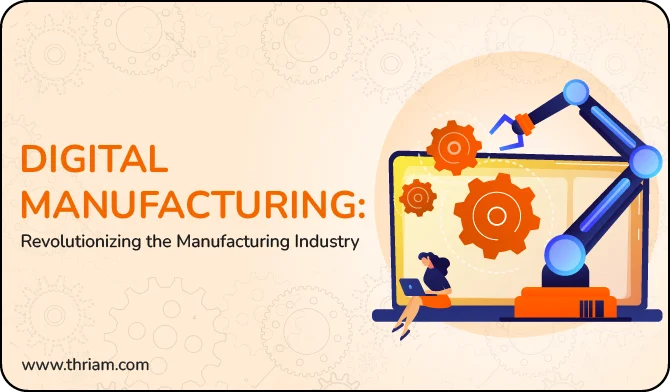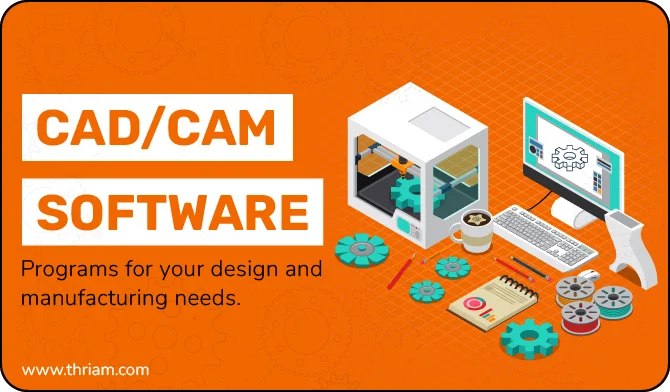Digitalization Revolution: How It's Shaping the Future of Mechanical Engineering
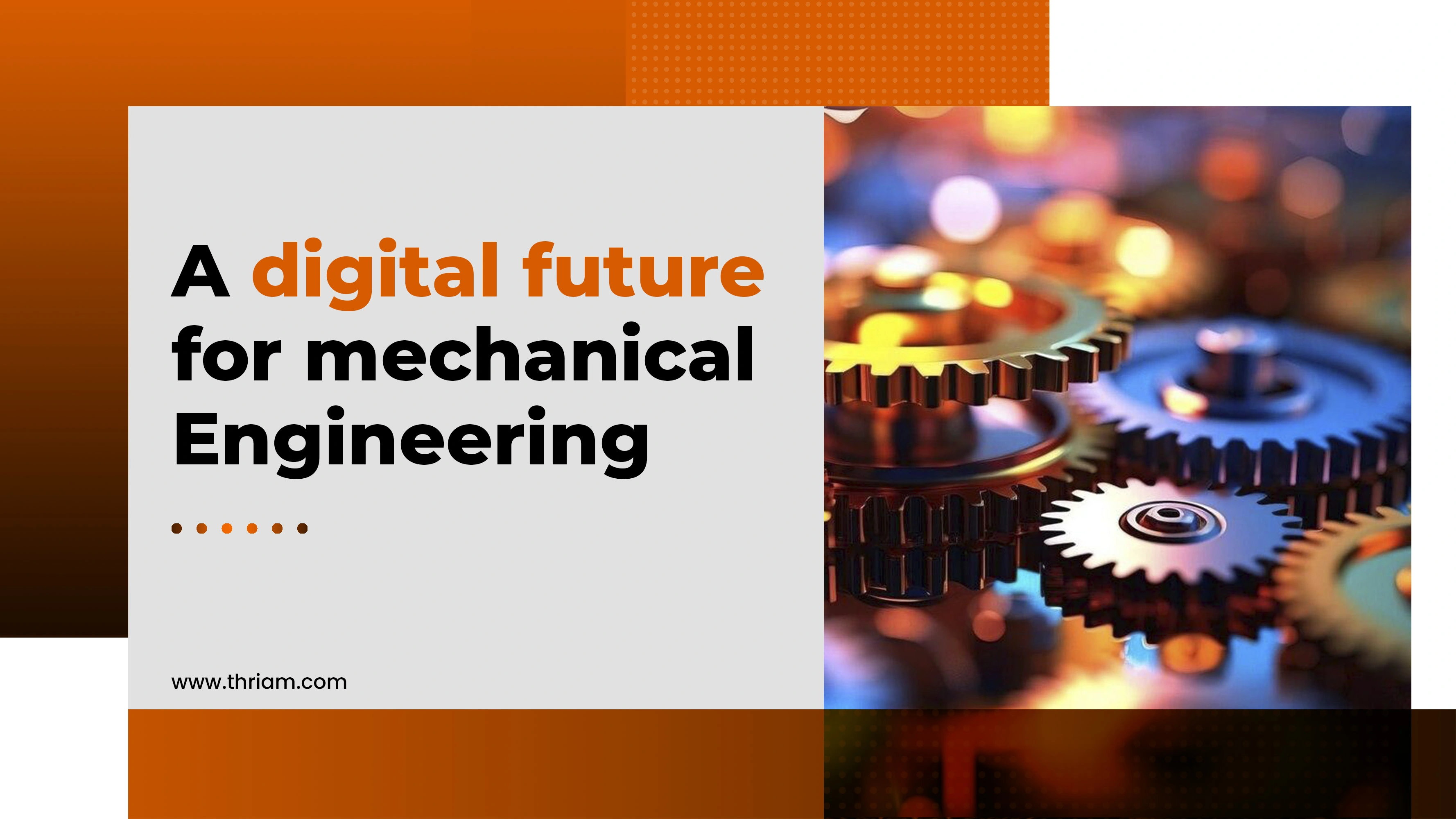
In today's rapidly evolving technological landscape, digitalization has become a key driver in transforming various industries. Mechanical engineering, in particular, has greatly benefited from digitalization, revolutionizing the way tasks are carried out, and unlocking new possibilities for innovation. This blog explores the role of digitalization in transforming mechanical engineering, highlighting its importance and impact on the field.
Introduction
Digitalization in mechanical engineering refers to the integration of digital technologies and tools into traditional mechanical engineering processes. It involves the use of computer-aided design (CAD) software, computer-aided manufacturing (CAM) software, finite element analysis (FEA) software, product lifecycle management (PLM) systems, and the integration of the internet of things (IoT) and the industrial internet of things (IIoT).
Historical Perspective on Mechanical Engineering
Traditional methods in mechanical engineering heavily relied on manual processes, which were time-consuming and prone to errors. Engineers would design mechanical components and systems using paper drawings and hand calculations. However, these methods had limitations in terms of accuracy, efficiency, and scalability. To overcome these challenges, the mechanical engineering field realized the need for transformation through digitalization.
Key Technologies Driving Digitalization in Mechanical Engineering
Digitalization in mechanical engineering is made possible through various key technologies:
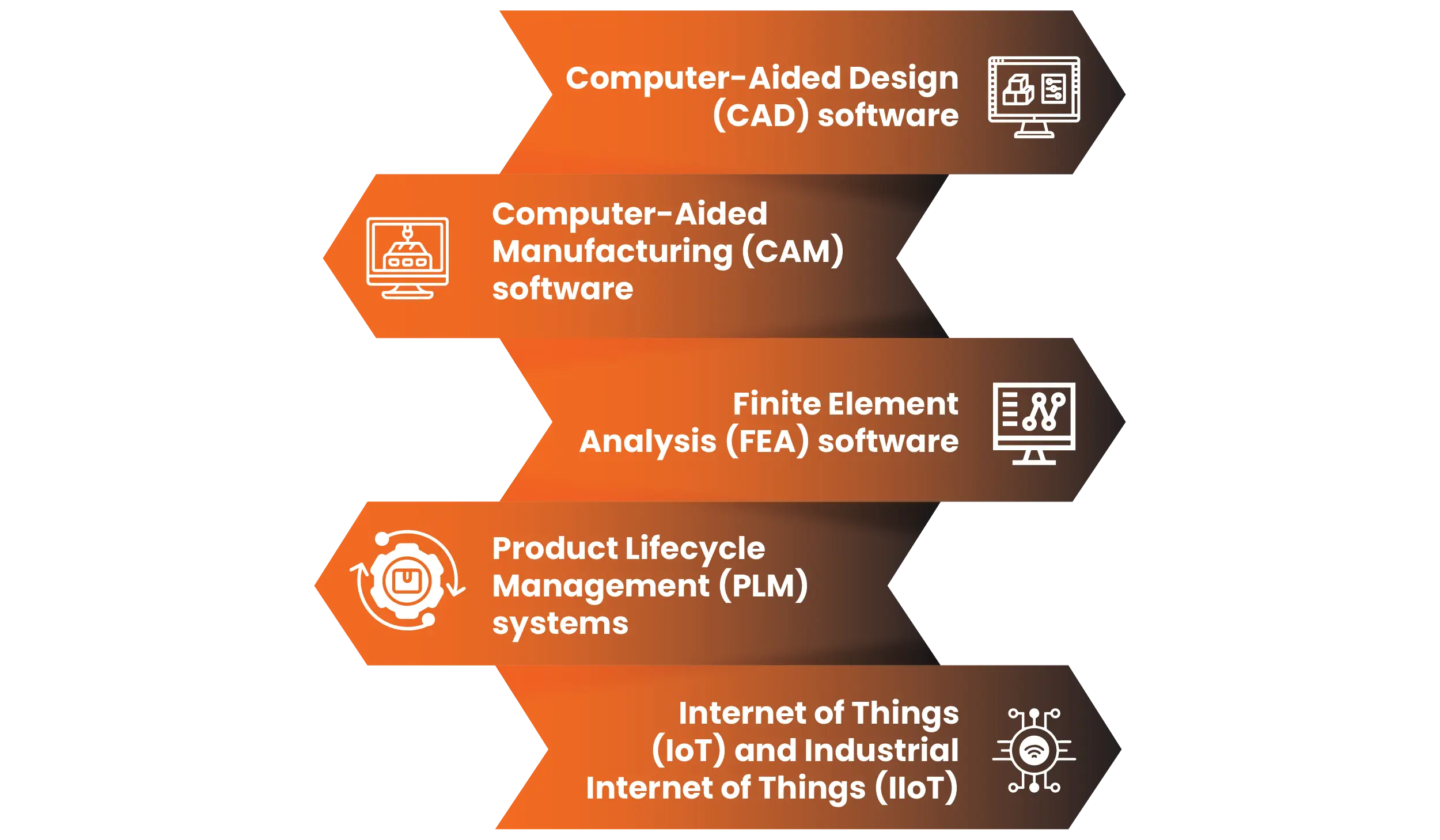
1. Computer-Aided Design (CAD) software
CAD software allows engineers to create and modify 3D models digitally, eliminating the need for manual sketches and drawings. It provides tools for precise design, visualization, and analysis of mechanical components and systems. CAD software also enables easy collaboration among engineers and stakeholders, improving efficiency and reducing errors in the design process.
2. Computer-Aided Manufacturing (CAM) software
CAM software complements CAD by automating manufacturing processes. It supports the generation of toolpaths, allowing engineers to directly convert CAD designs into machine-readable instructions for machining, additive manufacturing, or other manufacturing processes. CAM software improves accuracy, reduces lead time, and enhances productivity in manufacturing.
3. Finite Element Analysis (FEA) software
FEA software enables engineers to simulate and analyze the behavior of mechanical components under different load conditions. By creating a virtual replica of the component and applying the laws of physics, FEA software can predict its structural integrity, stress distribution, and performance. This helps in optimizing designs, reducing material wastage, and ensuring the reliability of mechanical systems.
4. Product Lifecycle Management (PLM) systems
PLM systems streamline product development processes by integrating various stages, including design, manufacturing, and maintenance. These systems enable effective collaboration and data management across teams, from initial concept to retirement. PLM systems provide a centralized repository for all product-related information, ensuring transparency, traceability, and efficient decision-making throughout the product lifecycle.
5. Internet of Things (IoT) and Industrial Internet of Things (IIoT)
The IoT and IIoT involve connecting physical devices and systems to collect and exchange data. In mechanical engineering, this connectivity enables real-time monitoring, predictive maintenance, and remote control of equipment. By embedding sensors and actuators in machinery, engineers can remotely monitor their performance, detect anomalies, and optimize maintenance schedules. The data collected through the IoT and IIoT can also be utilized to improve the design of new products.
Ways Digitalization is Transforming Mechanical Engineering
The adoption of digitalization in mechanical engineering has brought about significant transformations in the field:
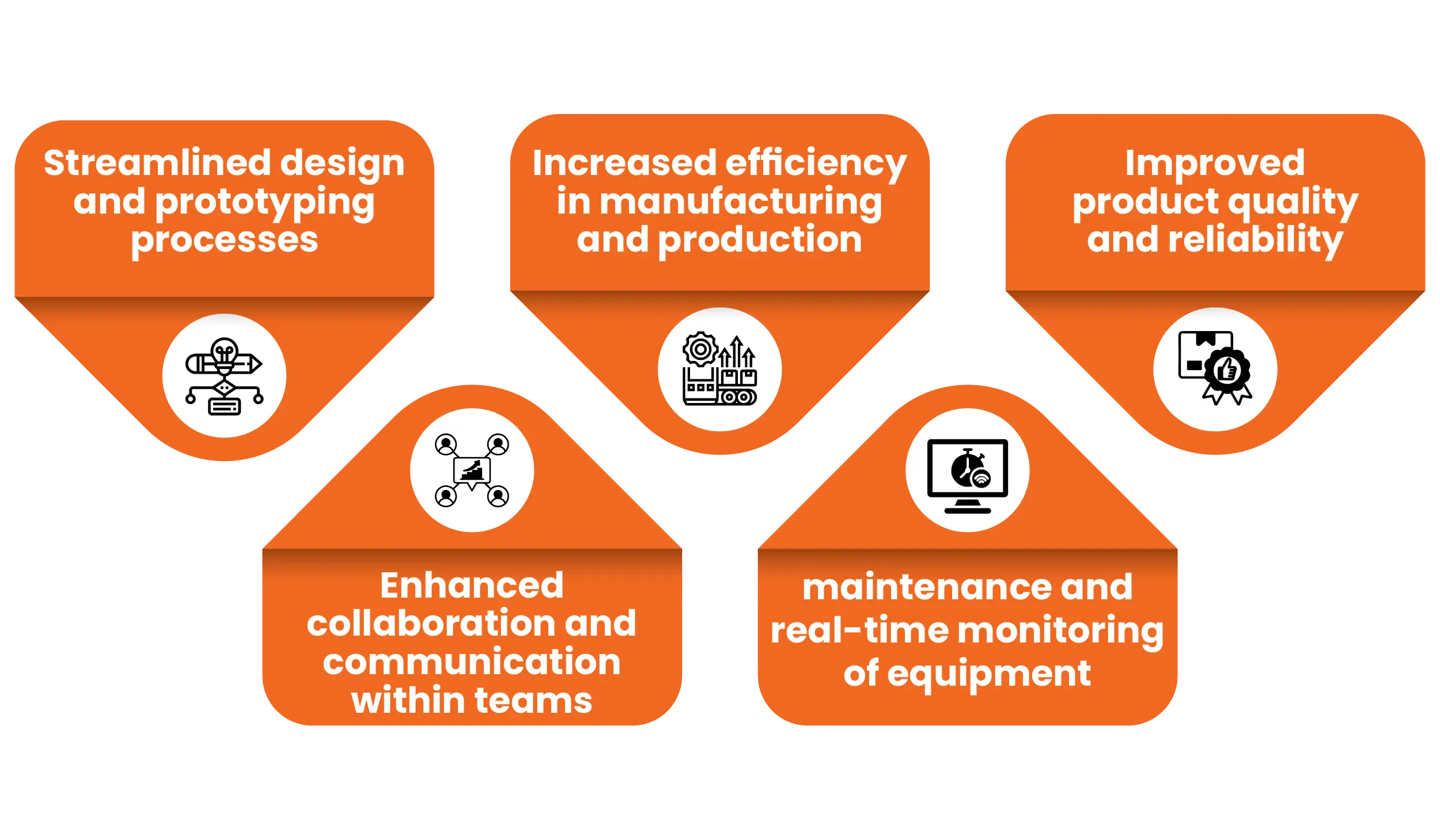
1. Streamlined design and prototyping processes
Digital tools like CAD software have revolutionized the design process by providing advanced modeling techniques, allowing engineers to create complex mechanical designs with ease. Rapid prototyping technologies further enable engineers to quickly produce physical prototypes of their designs for testing and validation. This streamlines the product development cycle and reduces time-to-market.
2. Increased efficiency in manufacturing and production
The integration of CAD and CAM software has revolutionized manufacturing processes. By digitally linking design and manufacturing, engineers can directly generate machine instructions, reducing manual intervention and minimizing errors. Additionally, digitalization has enabled the introduction of advanced manufacturing techniques like additive manufacturing (3D printing), which offer flexibility, cost savings, and customization options.
3. Improved product quality and reliability
FEA software allows engineers to simulate and analyze mechanical components' performance under different operating conditions. By virtually testing the components, engineers can optimize designs, reduce material wastage, and ensure higher product quality and reliability. This results in enhanced customer satisfaction and reduced instances of product failures.
4. Enhanced collaboration and communication within teams
Digitalization has enabled seamless collaboration among mechanical engineers and other stakeholders involved in the product development process. CAD and PLM systems provide a centralized platform for sharing and managing data, facilitating effective communication and interdisciplinary teamwork. This collaboration enhances decision-making, reduces errors, and ensures that the design meets all requirements.
5. Predictive maintenance and real-time monitoring of equipment
By leveraging IoT and IIoT technologies, mechanical engineers can remotely monitor equipment performance and collect real-time data about its health and status. This data can be analyzed to predict maintenance needs, optimize maintenance schedules, and avoid unexpected breakdowns. Predictive maintenance helps in maximizing equipment availability, reducing downtime, and improving overall operational efficiency.
Implementation Challenges and Considerations
While digitalization offers significant benefits, implementing it in mechanical engineering comes with its own set of challenges. Some key considerations include:
1. Integration of digital tools with existing processes
Integrating digital tools into existing mechanical engineering processes can be complex and requires careful planning. Organizations need to develop strategies for transitioning from traditional methods to digital tools without disrupting operations. This may involve training and upskilling of personnel, redefining workflows, and ensuring compatibility and interoperability of different digital tools.
2. Need for continuous learning and upskilling of mechanical engineers
Digitalization demands a continuous learning mindset and upskilling of mechanical engineers. As new technologies emerge, engineers need to stay updated with the latest tools, techniques, and programming languages. Organizations must invest in training programs and foster a culture of continuous learning to reap the full benefits of digitalization.
3. Ensuring data security and intellectual property protection
Digitalization involves the storage and transfer of large amounts of sensitive data. Organizations must prioritize data security to protect valuable intellectual property and prevent unauthorized access or data breaches. This may involve implementing robust cybersecurity measures, restricted access controls, and regular data backups.
4. Cost implications and return on investment
Adopting digitalization in mechanical engineering may require significant financial investments. Organizations need to carefully evaluate the costs and potential return on investment (ROI) of implementing digital tools and technologies. While digitalization can lead to cost savings in the long run through increased efficiency and reduced errors, organizations must consider short-term budget considerations.
Future Trends and Opportunities
As digitalization continues to evolve, several future trends and opportunities are emerging in mechanical engineering:

1. Artificial Intelligence (AI) and machine learning in mechanical engineering
AI and machine learning algorithms are increasingly being employed to automate design optimization, predictive maintenance, and quality control in mechanical engineering. These technologies can analyze vast amounts of data, identify patterns, and make intelligent decisions, leading to further efficiency gains and improved product performance.
2. Digital twin technology for improved product development
Digital twin technology involves creating a virtual replica of a physical object, allowing engineers to monitor, analyze, and optimize its performance in real-time. Digital twins can be used for predictive maintenance, performance optimization, and design improvements, providing valuable insights throughout the product lifecycle.
3. Advancements in robotics and automation
The integration of robotics and automation with digitalization is transforming manufacturing processes. The use of robotic systems in assembling, testing, and material handling improves productivity, accuracy, and safety. Additionally, collaborative robots are being employed to work alongside human operators, automating repetitive tasks and reducing the risk of injuries.
4. Impact of virtual reality (VR) and augmented reality (AR) in the field
Virtual reality and augmented reality technologies are revolutionizing the way mechanical engineers visualize and interact with designs. VR and AR enable immersive experiences, allowing engineers to visualize designs in 3D, detect errors, and simulate real-world scenarios. This enhances the design review process, reduces iterations, and improves overall design quality.
Conclusion
Digitalization plays a crucial role in transforming mechanical engineering. Through the adoption of various digital tools and technologies, mechanical engineers can streamline design and prototyping processes, increase manufacturing efficiency, improve product quality and reliability, enhance collaboration and communication, and enable predictive maintenance. To fully embrace digitalization, organizations need to address implementation challenges, invest in ongoing learning and upskilling, ensure data security, and consider the potential return on investment. As technology continues to advance, the opportunities for digitalization in mechanical engineering are limitless, paving the way for innovative solutions and further advancements in the field.
